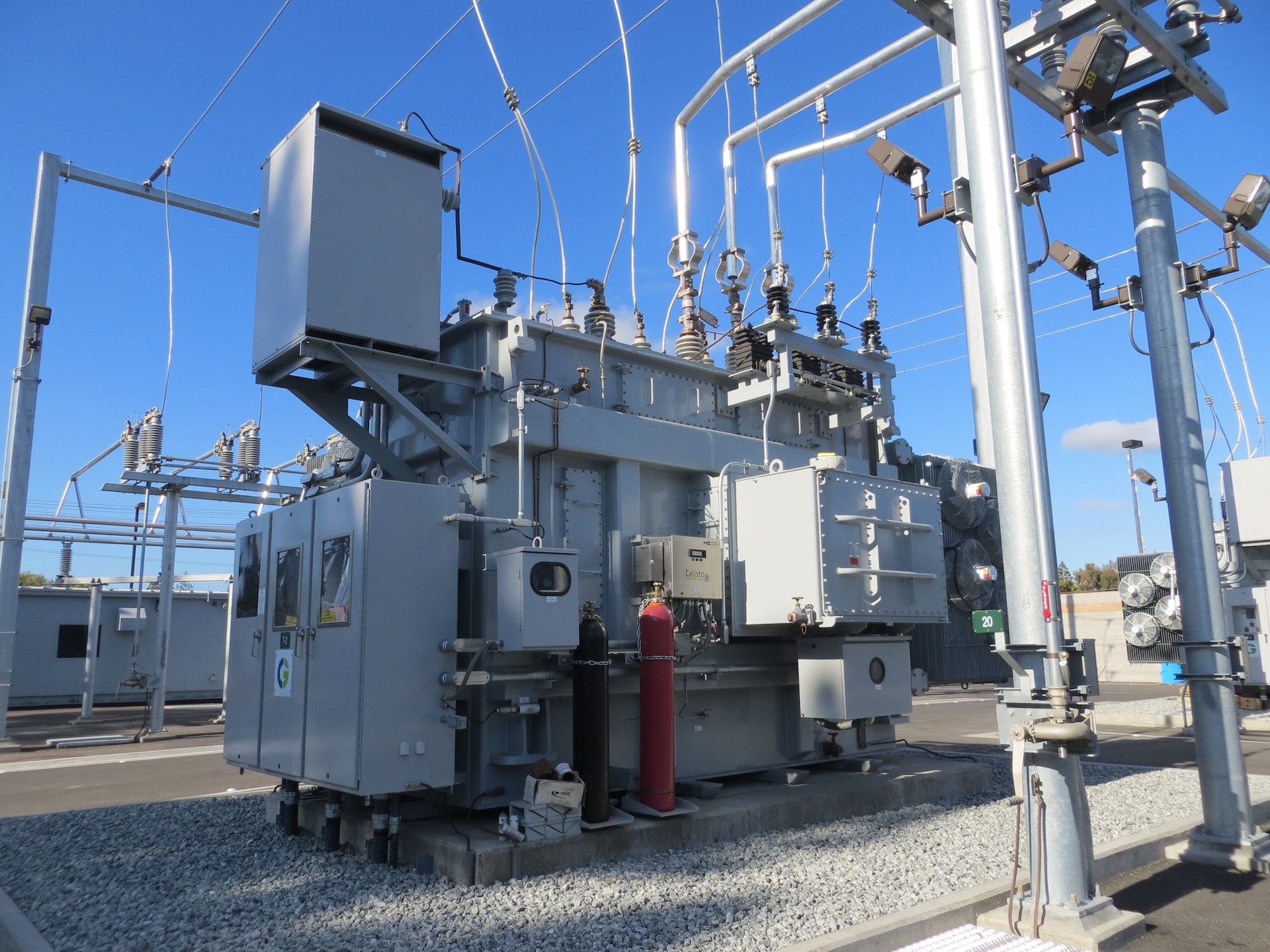The refrigeration process was first used by the ancient Greeks and Romans who made use of mountain ice to cool food. This method inhibits the growth of microorganisms and ruins food items. Refrigeration allows food items to be stored for long periods of time, with some products being kept for months and even years. As water freezes to form ice, the process can be used to store many products. In some cases, ice is also used to preserve food, such as packed snow.
Compressor
Before beginning to work on a fridge compressor, unplug the appliance. Write down the voltage and current of the compressor circuit board, then move it away from the wall. Use a digital multi-meter with the ohms function to check the current and voltage between the compressor and its housing. If the voltage or current is below.5, there is a possibility that the compressor is faulty. If this is the case, find the Start Relay and disconnect it.
There are two main types of compressors for refrigerators. One type is a reciprocating compressor, known as a Scotch-Yoke compressor. A reciprocating compressor consists of a piston that reciprocates inside a stationary cylinder. The cylinder is rotated by a sliding yoke that is mounted on the upper end of a vertical shaft. The shaft is made of hardened steel and runs in cast iron bearings. The upper bearing is self-aligning, helping to eliminate wear and tear. At the bottom of the shaft, a rotary oil pump keeps the compressor properly lubricated.
An improved compressor with electronic frequency control (EFC) is designed for use with different refrigerating circuits. These compressors reduce energy consumption and noise. A brushless motor reduces the risk of a compressor breakdown and is less likely to produce harmful emissions. Further, it has lower operating noise. It is important to note that different compressors have different capacities. The type of compressor you select should be compatible with the capacity of your refrigerator.
Condenser
A condenser is a component that cools the refrigerant and expels the heat from the refrigerator. Dirty condensers reduce the effectiveness of the unit by increasing its energy usage and shortening its life. This article outlines some ways to clean the condenser in your fridge. By following these tips, you can avoid the unnecessary expense of replacing the condenser. Here are five easy maintenance tips:
First, remove the unit from the wall and unplug it. Make sure to switch off the electrical breaker, and remove any plastic or other coverings that cover the coils. If there is no cover on the coils, remove it by hand.
Next, clean the condenser coils using a vacuum hose attachment, or a stiff brush. Be careful not to bend any of the tubes! Remember that cleaning the condenser is quite tricky and requires a little knowledge, so be sure to read the manual first before getting started.
Condenser refrigerators operate by circulating ice-cold air through a closed system. A compressor compresses the refrigerant and sends it to the condenser coils, which further compress the gas. This liquid then dissipates the heat and a condenser fan removes the hot air. The compressor is typically located on the lower rear panel. In many cases, the condenser will cover half of the refrigerator’s wall.
Expansion Valve
An expansion valve for a refrigerator is a commonly used part of a household appliance. It works to regulate the amount of air that goes into and out of a refrigerator. This valve has three guide faces that prevent it from becoming clogged by debris. These guide faces are formed by tangential planes on the peripheral surfaces of the pin and needle. When a fluid passes through them, the dirt particles get flushed out.
A thermal expansion valve is another name for an expansion device. It controls the amount of refrigerant that passes from the evaporator to the compressor. It prevents liquid refrigerant particles from entering the compressor and keeps the evaporator working at maximum efficiency. A TXV is an essential part of a refrigerator’s cooling system and can ensure optimal performance. When installed correctly, a TXV will help your appliance perform at its maximum capacity.
The first guide means 26 guides the needle 28 through the opening in the body of the valve. The guide portions are tangential to the peripheral surface of the reed. These guide faces engage the peripheral surface of the valve needle 28 and engage a corresponding plane of the pin member. The radial guide means is also integral to the valve body. These guide means are positioned in a manner to guide the needle through the evaporator.
Insulation
The first commercial use of polyurethane refrigerator insulation was carried out by the world’s leading appliance producer, Whirlpool Corp. The new system replaces the traditional HFC-based foam blowing agent. Its advantages include improved operational flexibility, enhanced shelf-life stability of materials, and more even foam distribution during production. A major advantage of this new system is that it helps to reduce energy consumption while maintaining high quality. Therefore, it is expected that consumers will be pleased with the performance of this innovative product.
In addition, closed-cell stylometric insulation offers superior protection against thermal losses and moisture accumulation. These advantages are particularly important in refrigeration-pipe insulation because condensation significantly reduces the insulation’s thermal efficiency and shortens its life. These features make it the ideal choice for refrigerator insulation. The best way to find the most effective type of insulation for your fridge is to check its manufacturer’s recommendations and read reviews. There are a few common features of insulation.
The best insulator is a vacuum, but this is not practical. A vacuum container inside a refrigerator would be too heavy and bulky. Next, the best is the air that does not move. Foam is an inexpensive, lightweight material that traps air. The thicker the foam, the more effective it is. To ensure a refrigerator’s insulation, make sure the foam is thick enough to ensure complete air coverage. Once you’ve installed your new refrigerator, check its warranty to see what it covers.
Cooling Zone in Door Shelves
Adding a cooling zone to refrigerator door shelves allows you to regulate the temperature inside the fridge. The air that normally circulates in the freezer is diverted to the refrigerator door. This feature is ideal for storing frequently used items such as milk and juice. If you don’t want to remove these items from the refrigerator, consider adding a drop-down door. Not only is this convenient for accessing milk and juice, but it also conserves energy.
Ice Dispenser
Refrigerators with ice dispensers are a great way to make ice without running the water, but if you’re not sure how to repair them, there are a few simple steps you can take yourself. To start with, make sure your refrigerator’s water supply tube is connected to a cold water source. Sometimes, this water supply tube can get cramped, pressed against the wall, or stuck out of the fridge. This can lead to malfunctioning ice dispensers.
Ice and water dispensers in refrigerators are also convenient, making it easy to make meals and entertain guests. Easy access to water and ice encourages your family to drink more water. Also, water dispensers can fill tall bottles, reducing the need to refill an ice tray. Some refrigerators even have automatic ice-makers, eliminating the need to manually fill ice trays. This convenience is worth its price, so be sure to shop around.
Frozen moldings in the pipes of the water dispenser can prevent water from flowing through the tube. If this happens, the ice dispenser will no longer make ice. The valve may have been accidentally turned off, and you’ll need to replace it. Another cause of no ice is low water pressure. If you’ve noticed that your water pressure is too low, you need to replace the water filter and ice dispenser.










